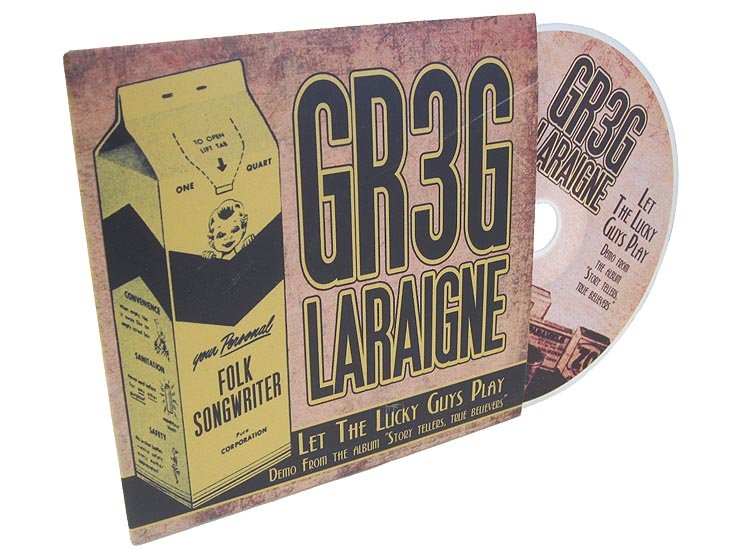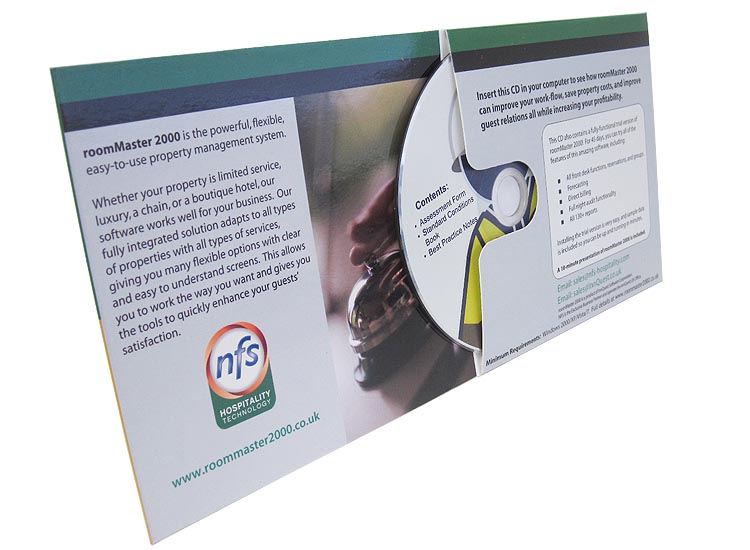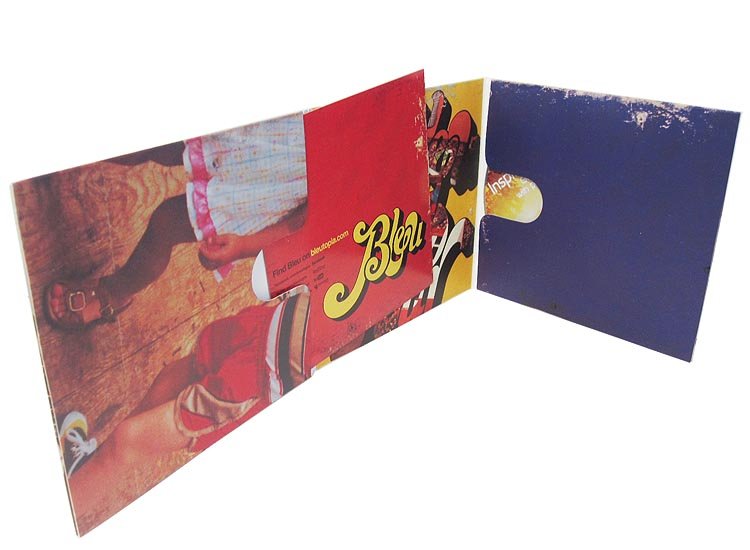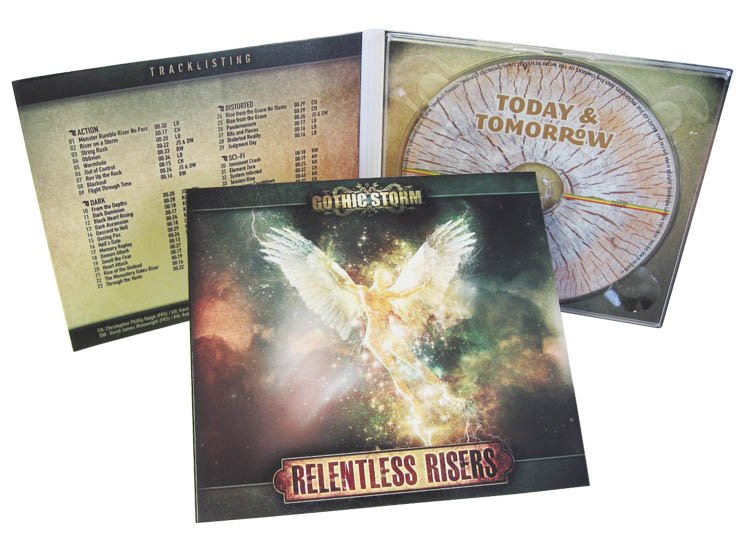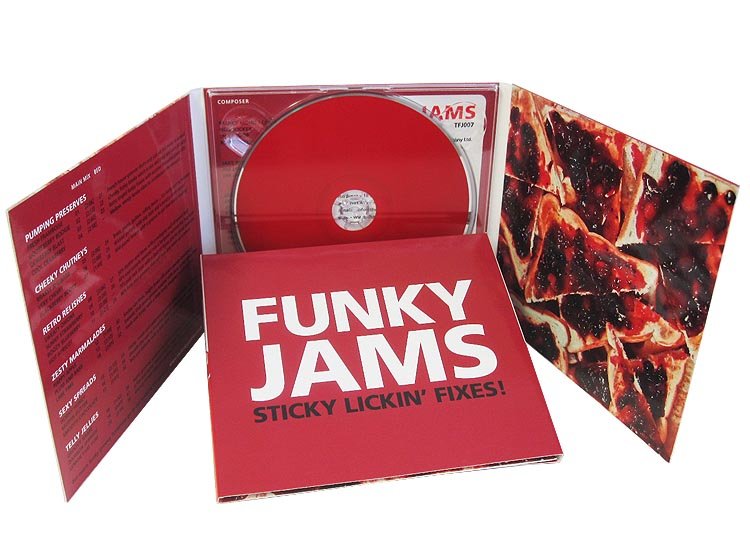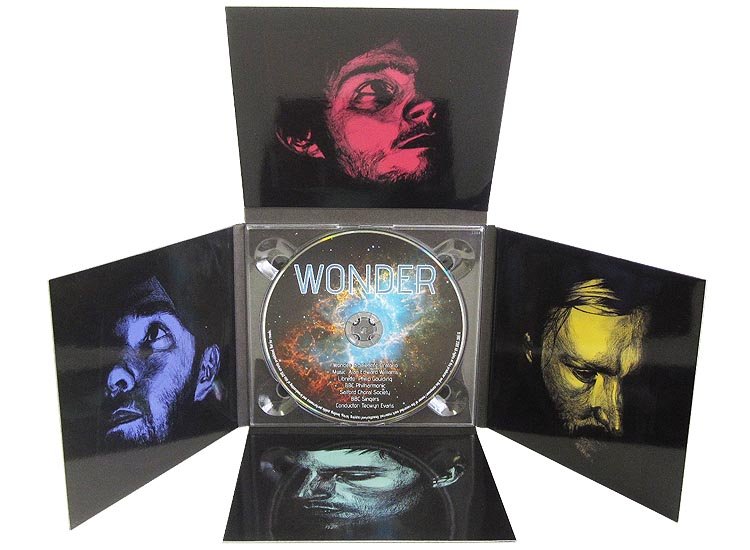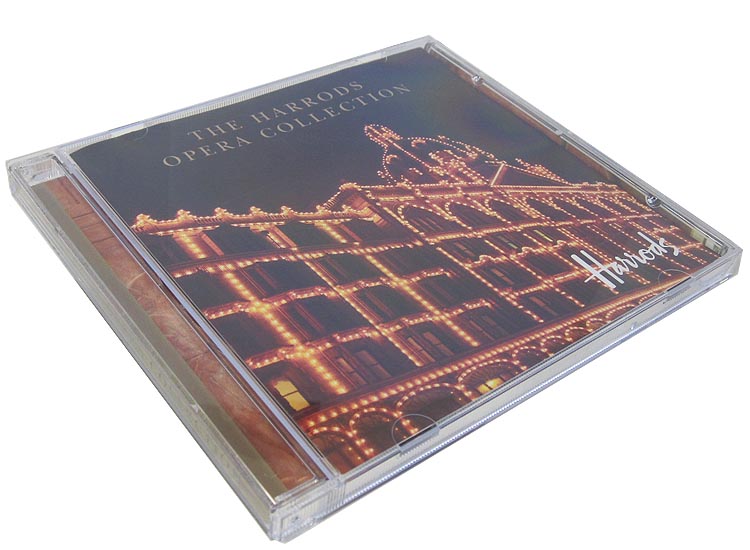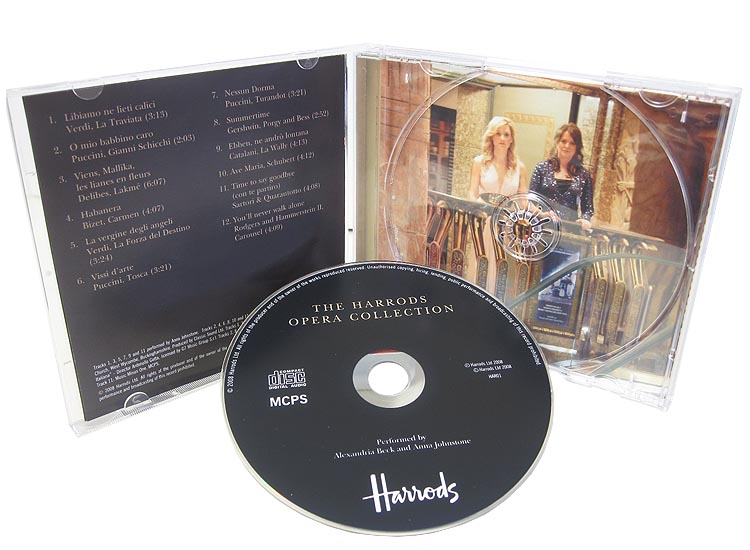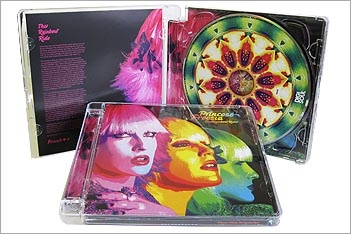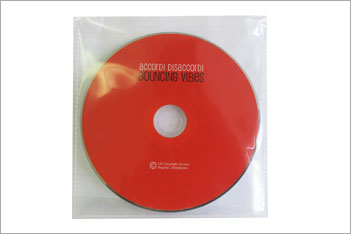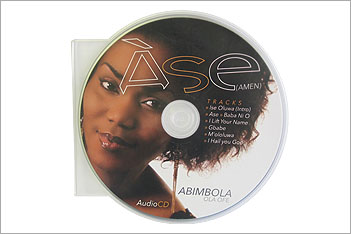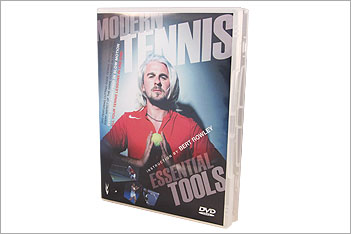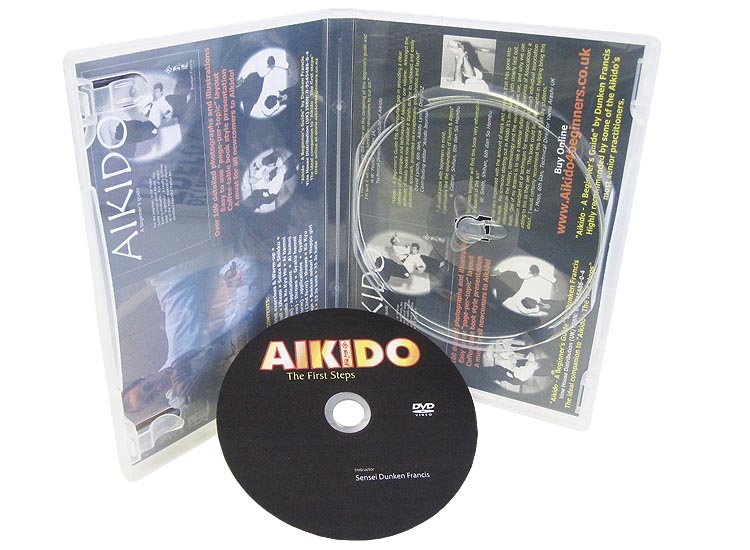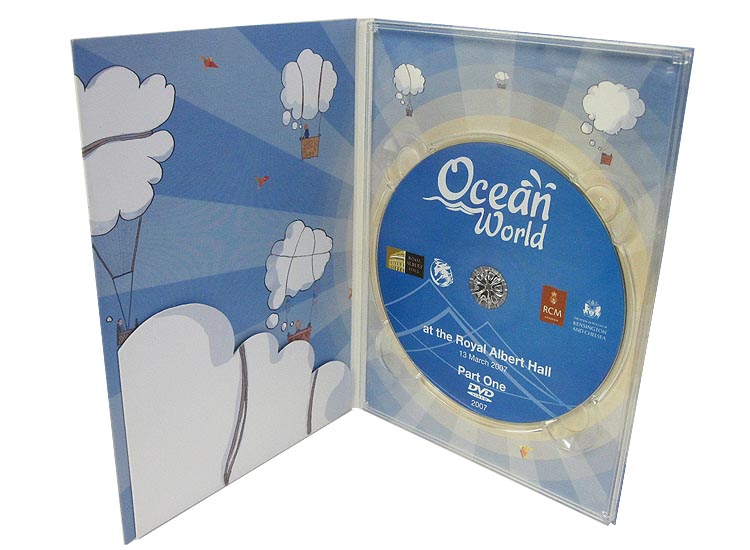Whereas the jewel case was the de facto case for CD albums, digipacks have slowly come to surpass the jewel case as the preferred packaging for a high value CD or DVD release.
Quite similar in appearance to 4, 6, and 8 panel card wallets, the main difference between the digipacks and aforementioned wallets is the inclusion of one or more plastic trays onto which the disc is mounted. The trays are made of clear transparent plastic, therefore allowing for an additional panel beneath the tray with your custom design, or if you prefer, we can supply the digipacks with a black or white, opaque tray.
Digipacks (also known as digipaks) can be configured with additional panels in the form of 6 panel digipacks, 8 panel digipacks and 10 panel digipacks (known as Maltese Cross, or X shaped digipacks).
Once the tray has been glued into position, it adds to the overall strength and sturdiness of the case, ensuring longevity of shelf-life for the CD and case.
The digipacks come with ample space to include all the information you require, and as all the panels can be printed, it ensures no space is wasted.
If you require additional information to be contained and find that there are not enough panels on the digipacks for this, then the cases can be easily modified to include a booklet.
In a 4 panel digipack, the booklet is placed on the inside left panel.
The booklet is contained in the case using a choice of 3 methods:
- Glued into the digipack. Usually the back page is fully glued down on the inside left panel, which does mean you lose the ability to print on the inside panel as well as the back page of the booklet, but the advantage is the booklet does not get separated and lost from the digipacks once opened.
- Inserted in a tunnel pocket. If you’d prefer to maximise the viewable printed surfaces, then we can create an opening on the right side of the inside left panel where the booklet can slide into.
- Inserted in a slot pocket. If you’d like the booklet to be immediately visible when opening the digipack, we can offer a horizontal slot which is created about half way down the inside left panel to hold the booklet.
Pros:
- Very modern style.
- Ideal combination of plastic and cardboard to create a strong and environmentally friendly case.
- Options available for multiple page booklets.
Cons:
